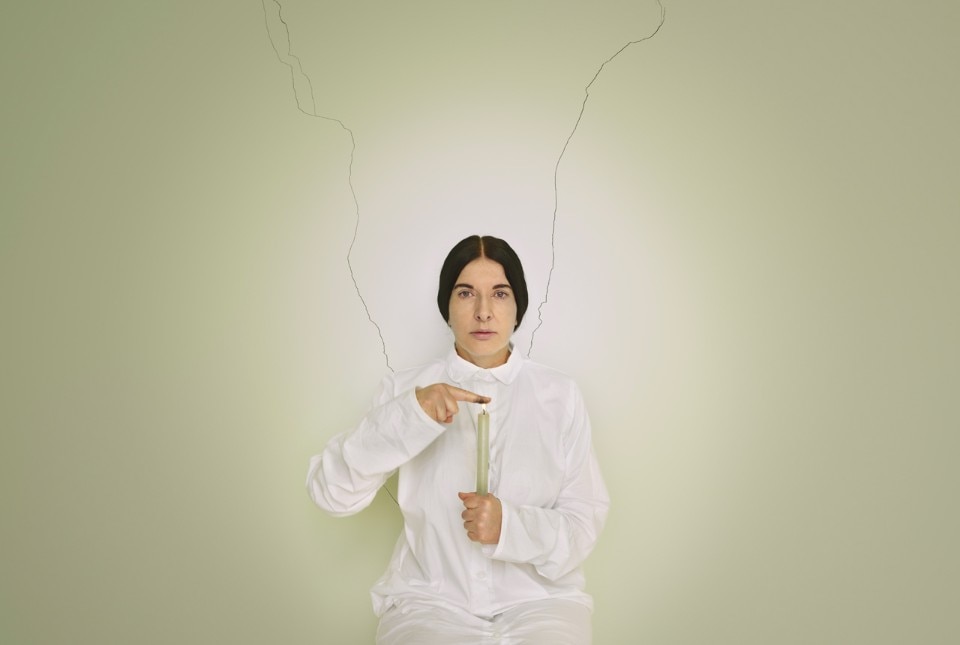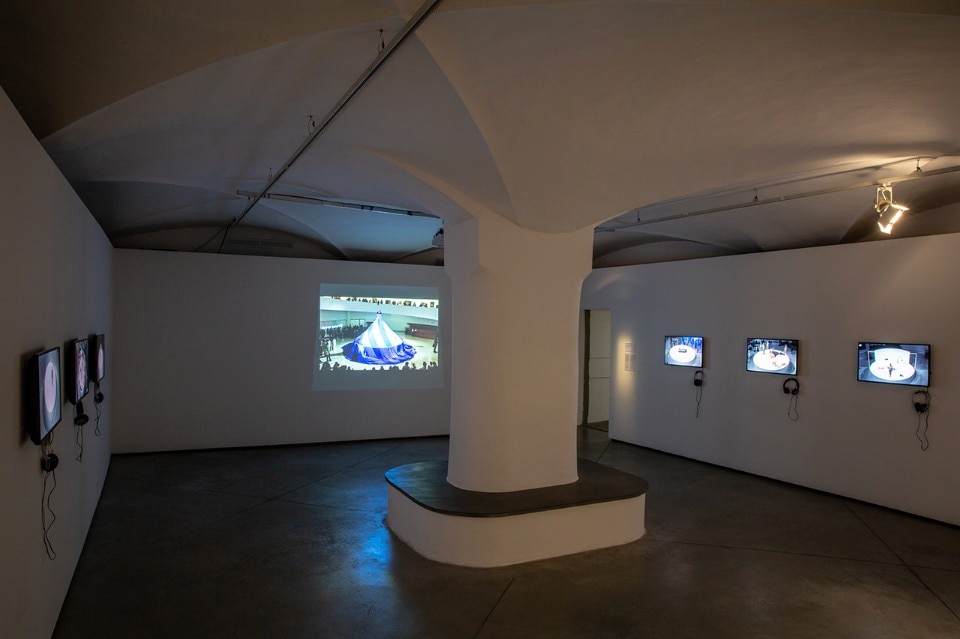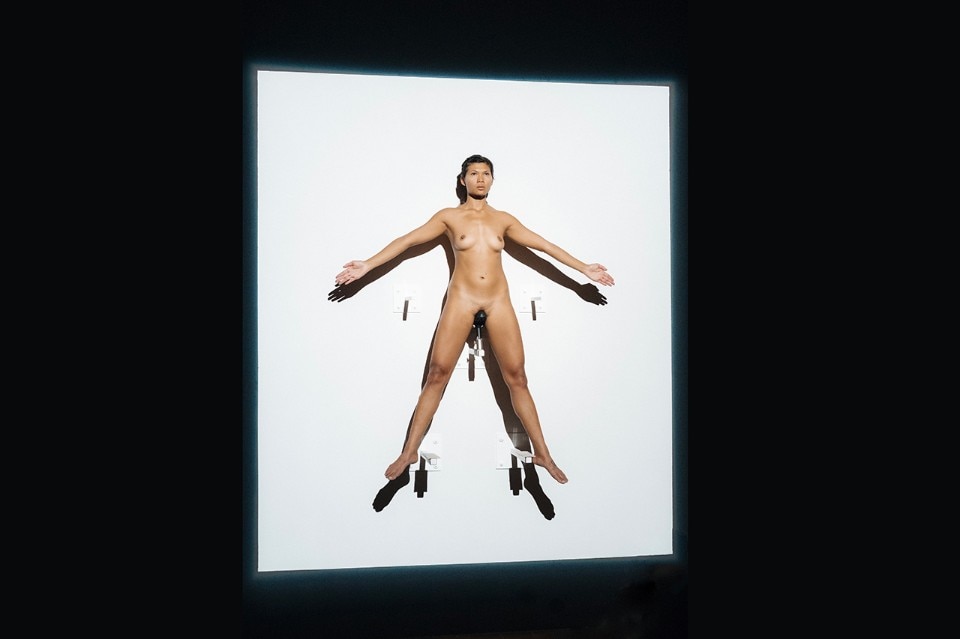In the performance Rest Energy (1980) Marina Abramović and Ulay, her long-standing companion in both life and art, stand counterbalanced. He is the bowman holding a drawn arrow pointed straight at Marina's chest. At the least release of tension, her heart could be pierced. The work is a representation of absolute trust in another person. At the same time, it shows how difficult communication between a couple has the potential to hurt, or even kill. Here, a minimal, elementary move would be immediately perceptible and have a potent impact.
What still today is so profoundly compelling about this pioneer of performance art is her ability to radicalise, to create highly empathetic images with just a few basic elements. This is where the exhibition "Marina Abramović: The Cleaner" begins, where everything is pared to the bone, keeping only what is necessary. It is the first big Marina Abramović retrospective ever held in Italy, showing a collection of over 100 works.
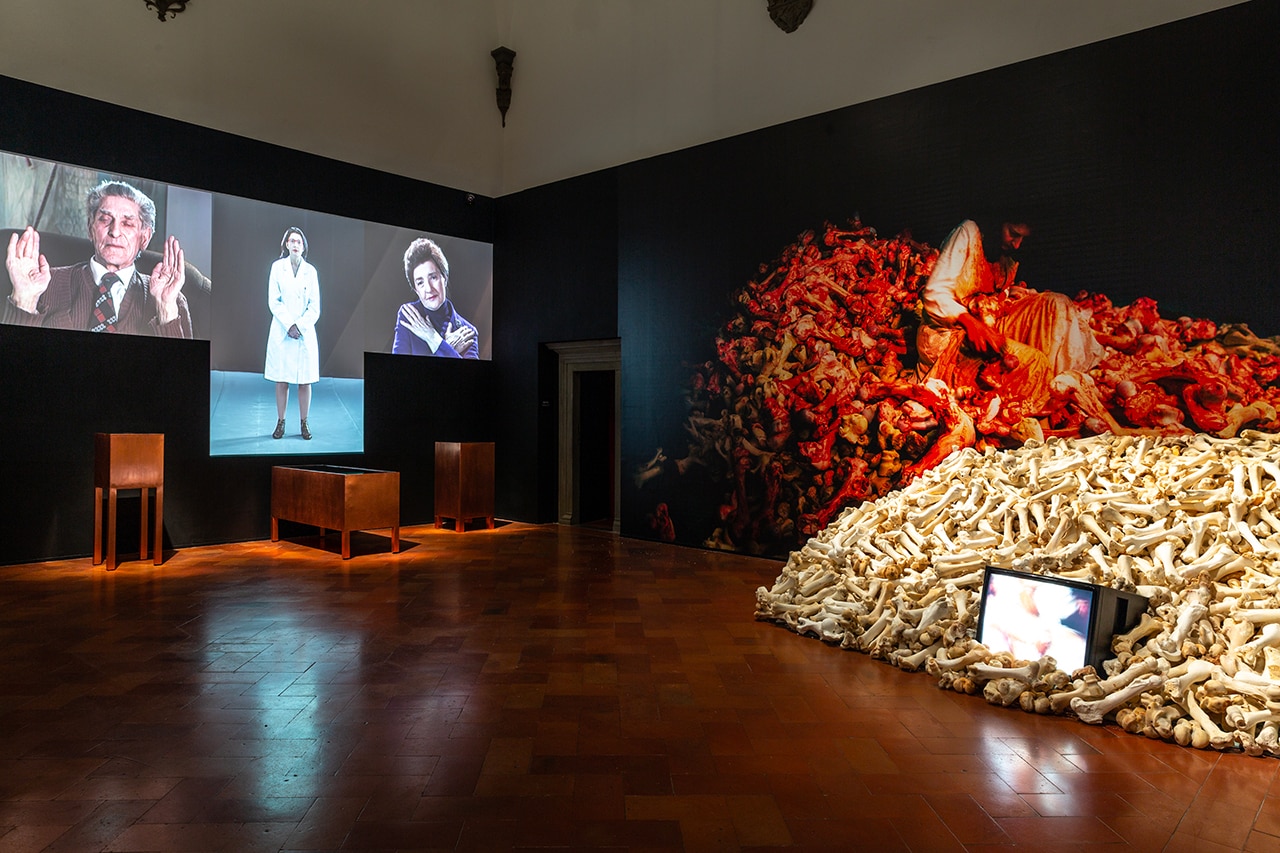
 View gallery
View gallery
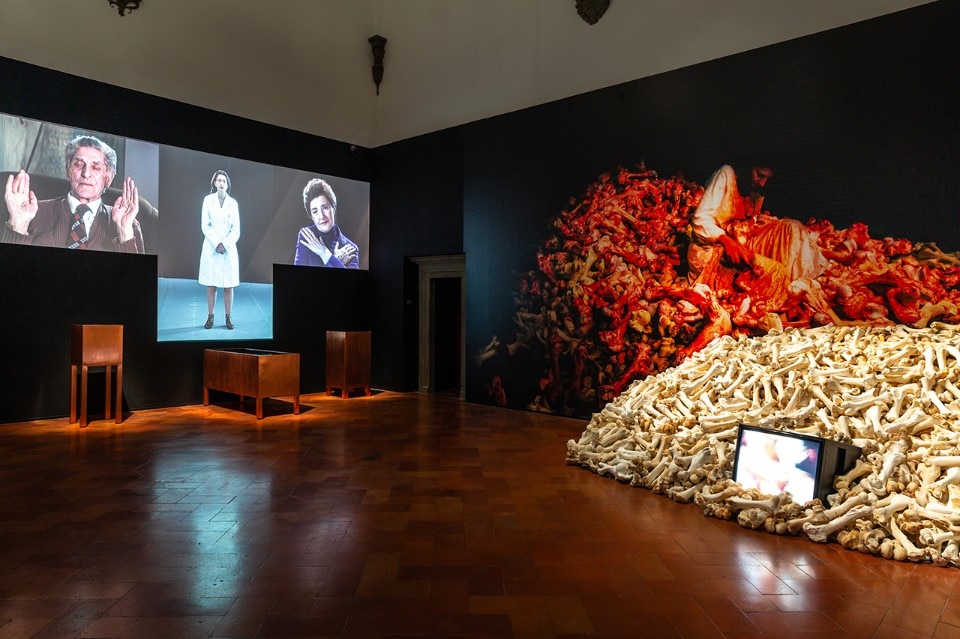
Marina Abramović, The Cleaner
Exhibition view, Palazzo Strozzi, Florence, 2018
Foto Alessandro Moggi
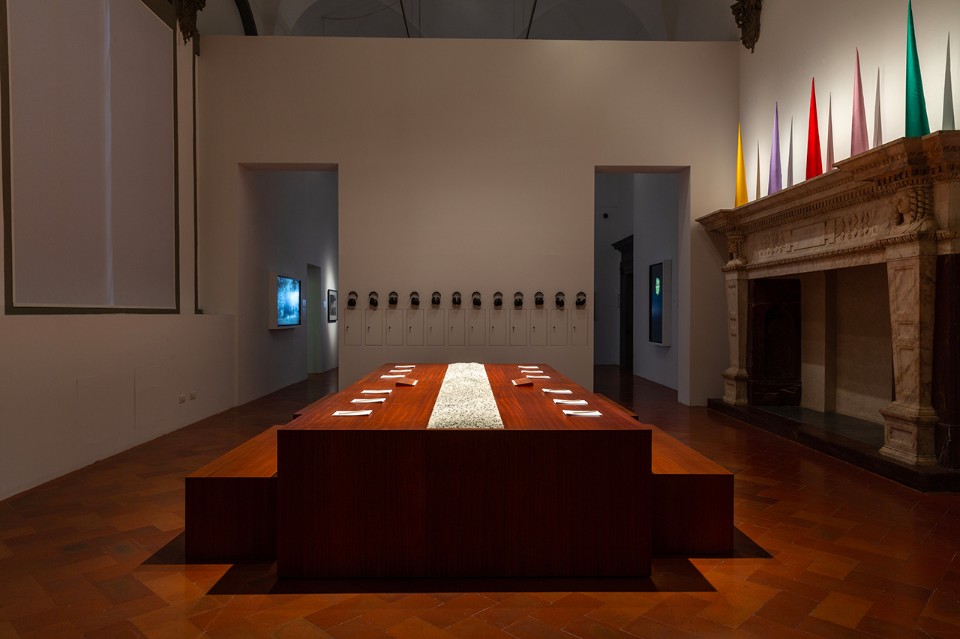
Marina Abramović, The Cleaner
Exhibition view, Palazzo Strozzi, Florence, 2018
Foto Alessandro Moggi
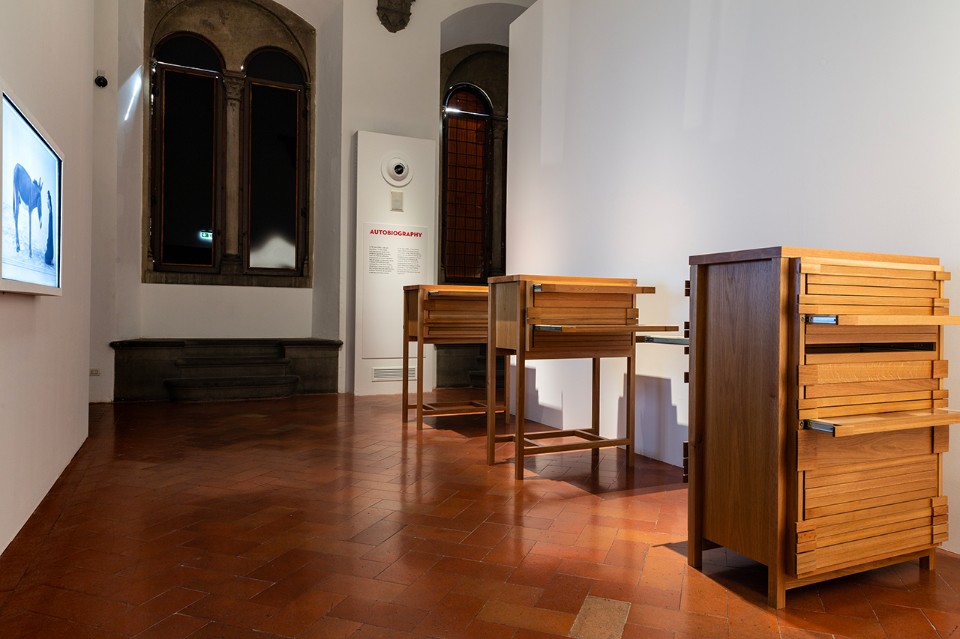
Marina Abramović, The Cleaner
Exhibition view, Palazzo Strozzi, Florence, 2018
Foto Alessandro Moggi
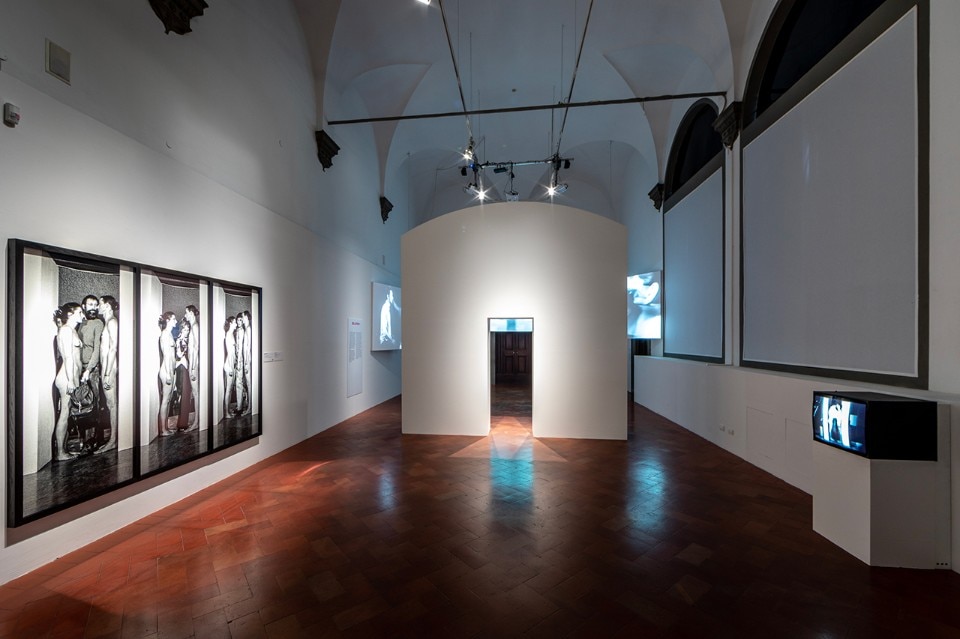
Marina Abramović, The Cleaner
Exhibition view, Palazzo Strozzi, Florence, 2018
Foto Alessandro Moggi
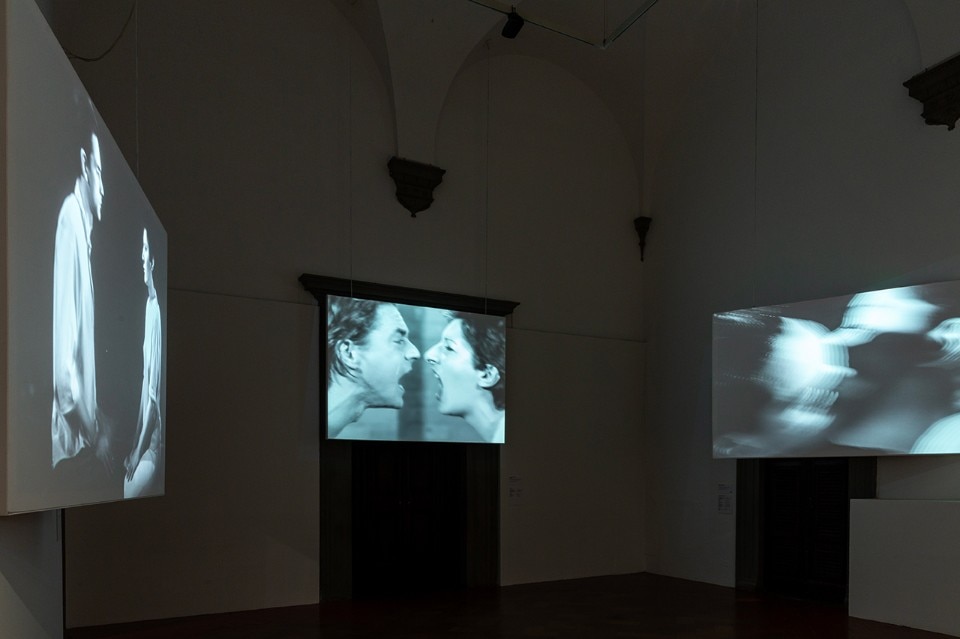
Marina Abramović, The Cleaner
Exhibition view, Palazzo Strozzi, Florence, 2018
Foto Alessandro Moggi
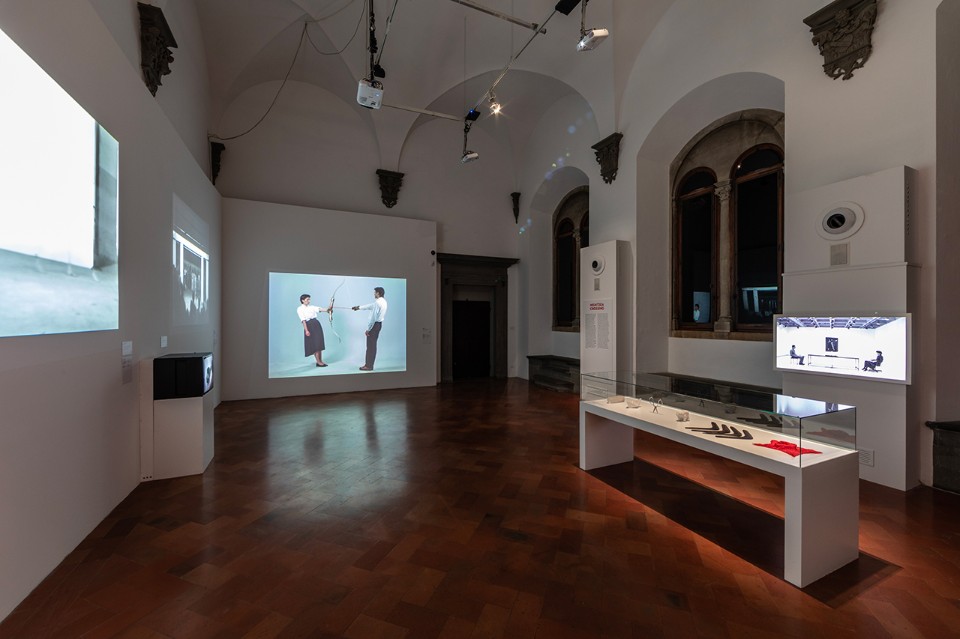
Marina Abramović, The Cleaner
Exhibition view, Palazzo Strozzi, Florence, 2018
Foto Alessandro Moggi
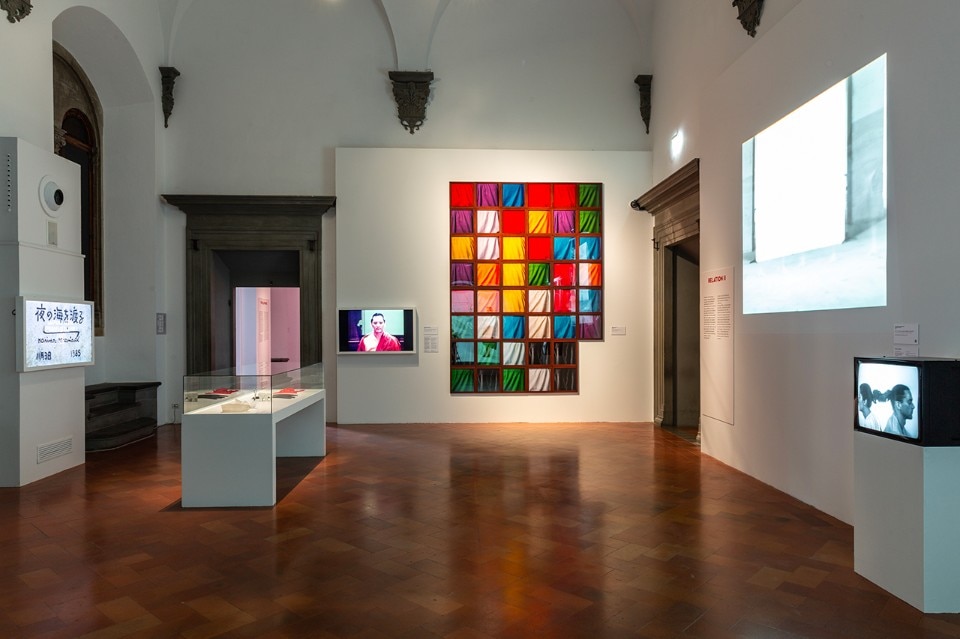
Marina Abramović, The Cleaner
Exhibition view, Palazzo Strozzi, Florence, 2018
Foto Alessandro Moggi
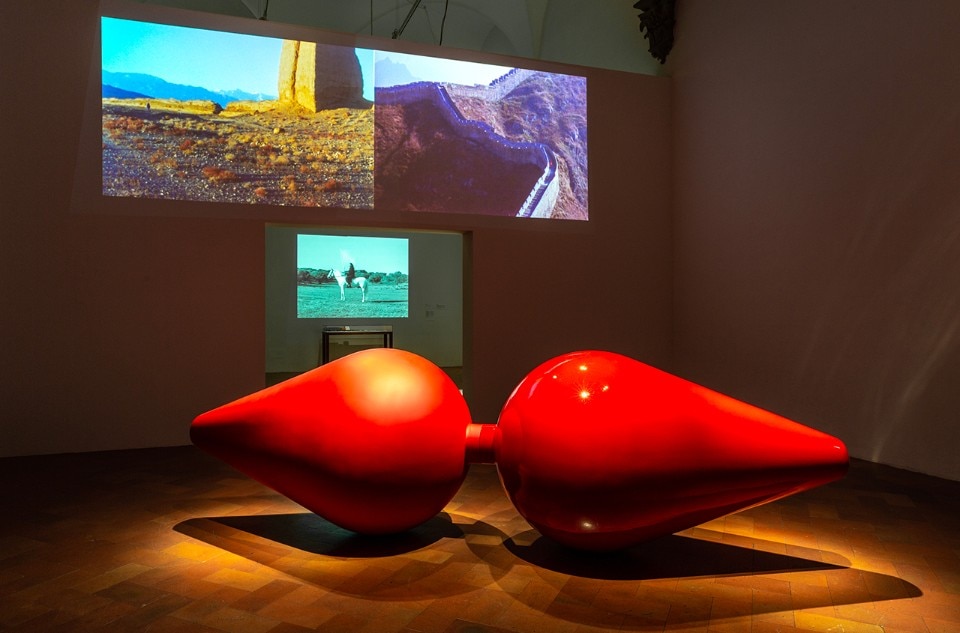
Marina Abramović, The Cleaner
Exhibition view, Palazzo Strozzi, Florence, 2018
Foto Alessandro Moggi
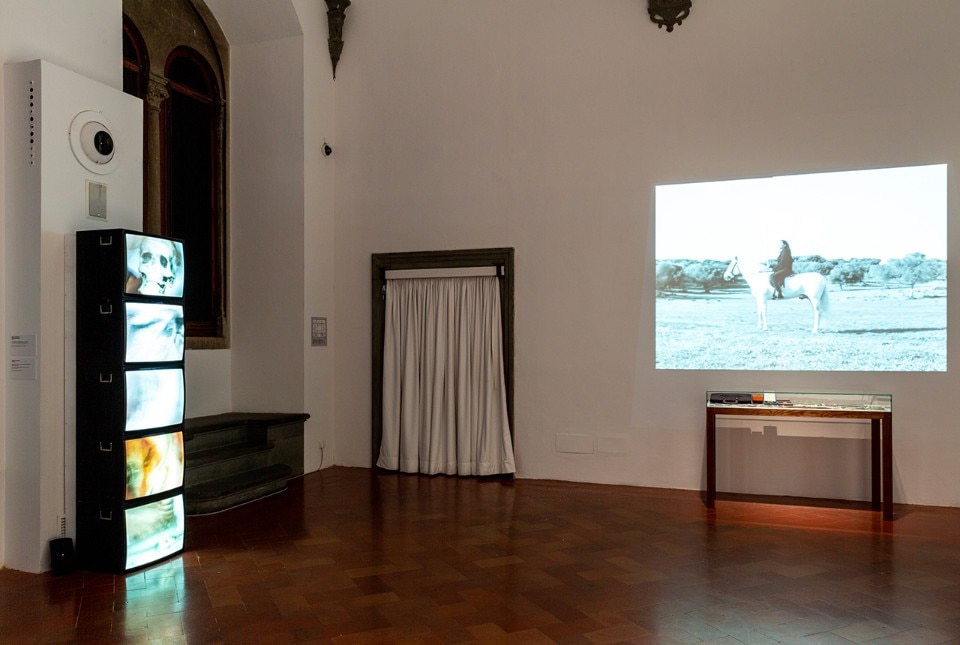
Marina Abramović, The Cleaner
Exhibition view, Palazzo Strozzi, Florence, 2018
Foto Alessandro Moggi
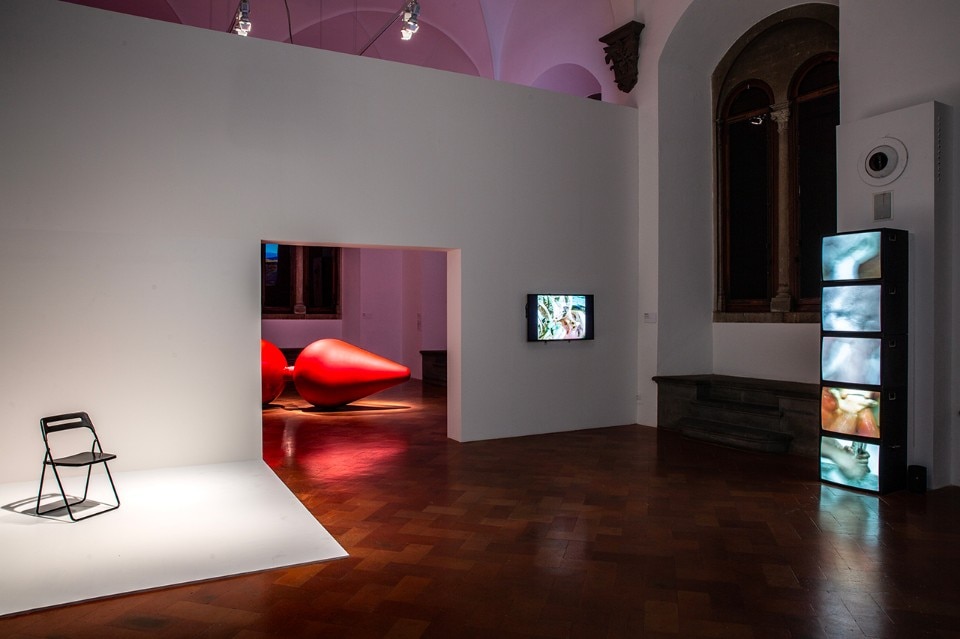
Marina Abramović, The Cleaner
Exhibition view, Palazzo Strozzi, Florence, 2018
Foto Alessandro Moggi
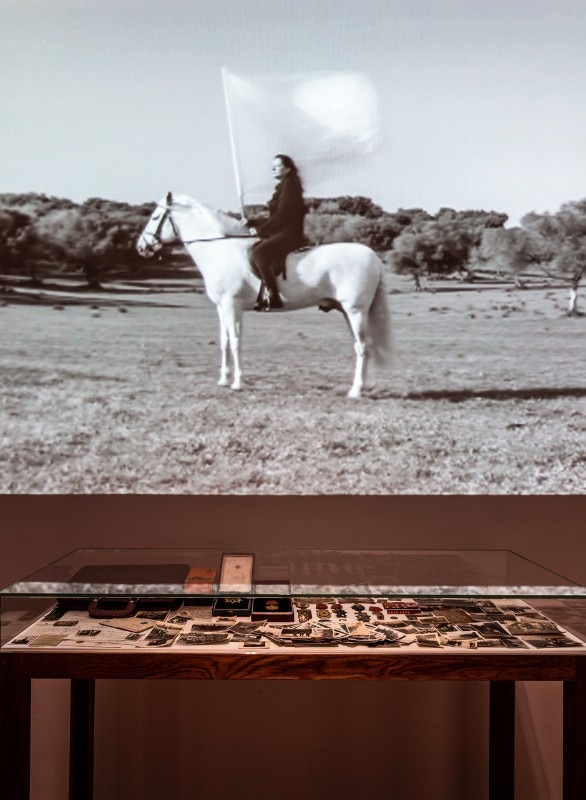
Marina Abramović, The Cleaner
Exhibition view, Palazzo Strozzi, Florence, 2018
Foto Alessandro Moggi
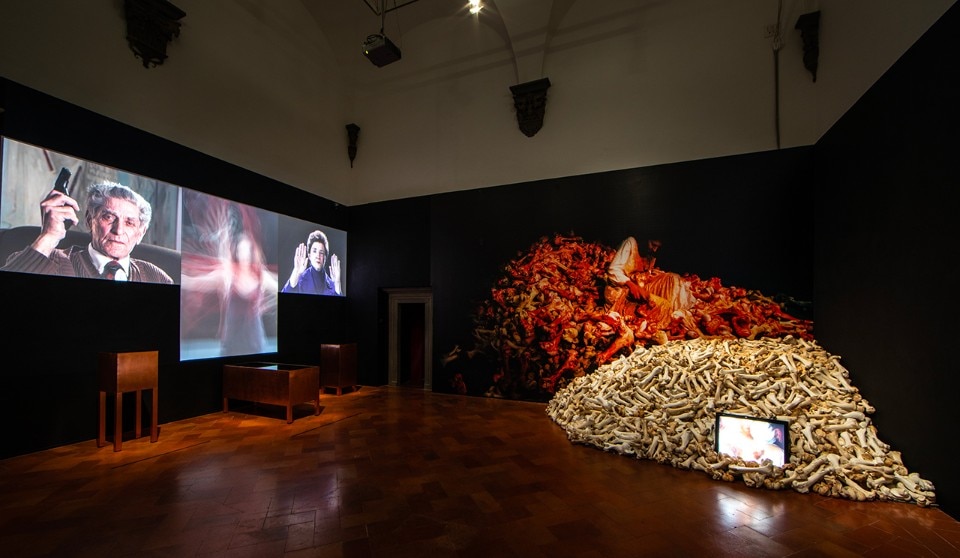
Marina Abramović, The Cleaner
Exhibition view, Palazzo Strozzi, Florence, 2018
Foto Alessandro Moggi
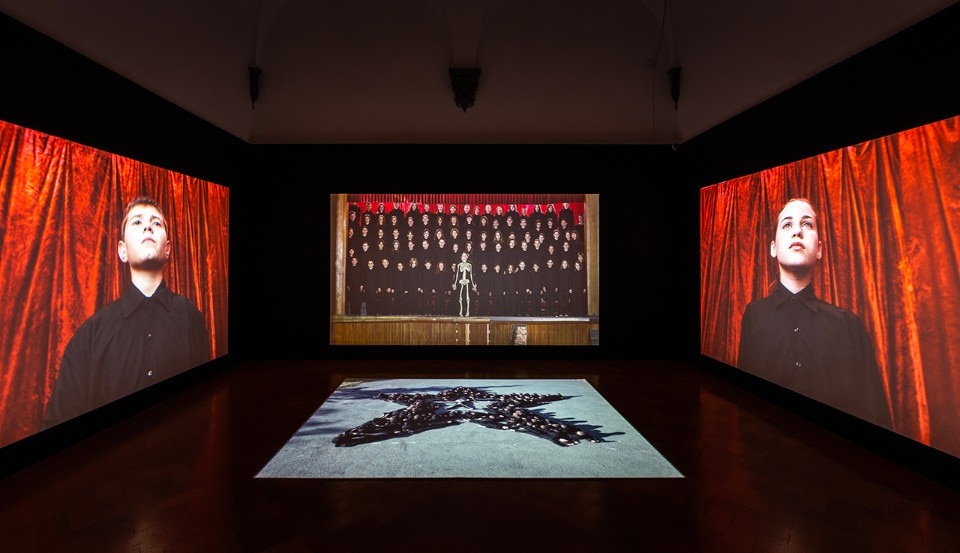
Marina Abramović, The Cleaner
Exhibition view, Palazzo Strozzi, Florence, 2018
Foto Alessandro Moggi
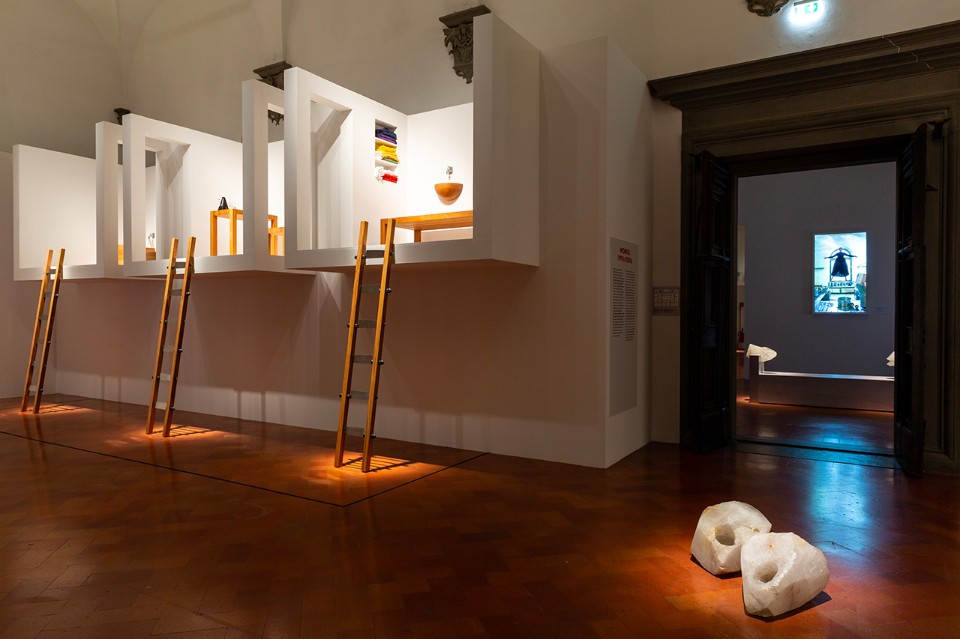
Marina Abramović, The Cleaner
Exhibition view, Palazzo Strozzi, Florence, 2018
Foto Alessandro Moggi
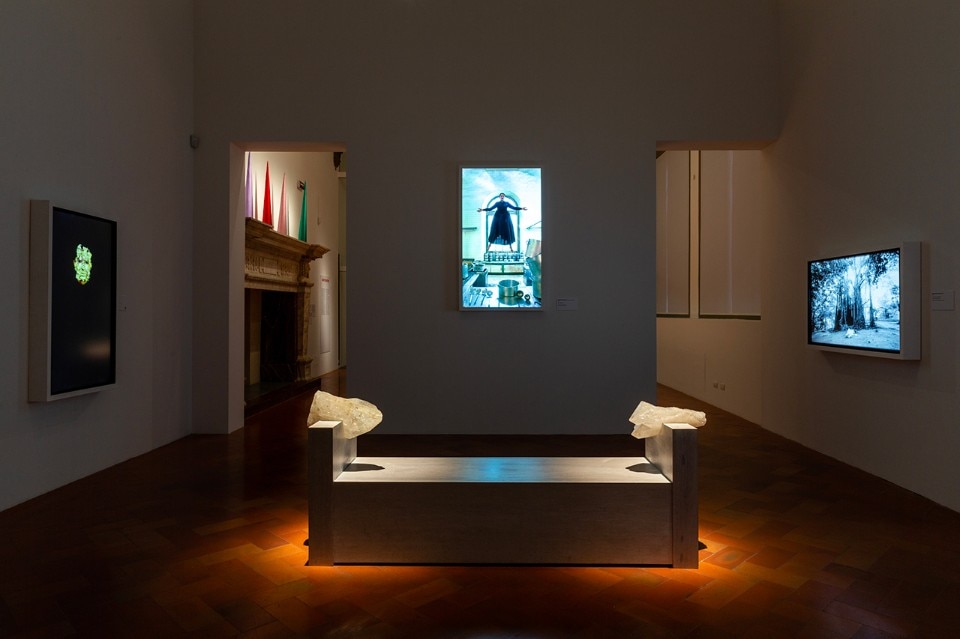
Marina Abramović, The Cleaner
Exhibition view, Palazzo Strozzi, Florence, 2018
Foto Alessandro Moggi
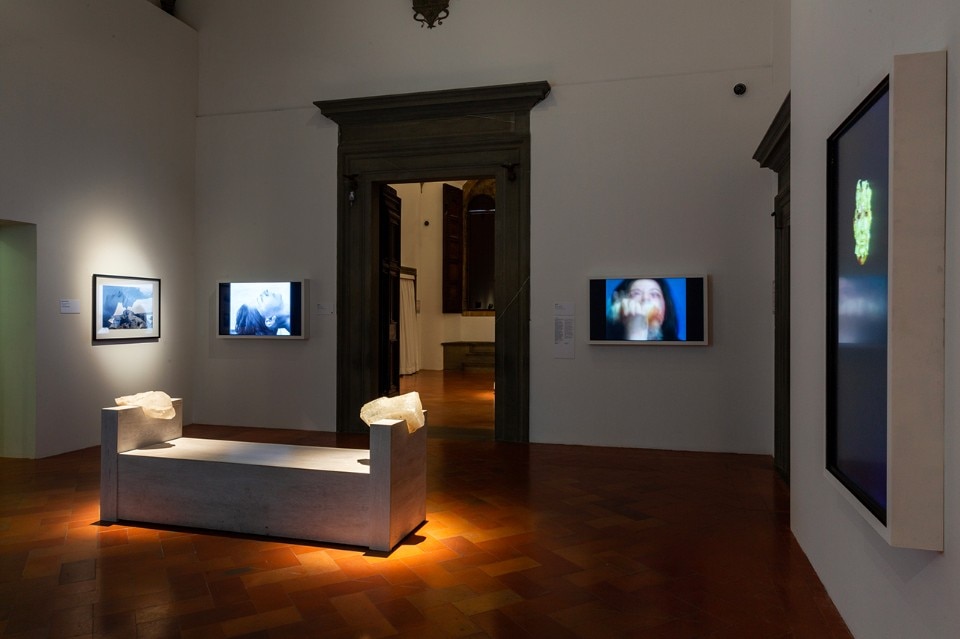
Marina Abramović, The Cleaner
Exhibition view, Palazzo Strozzi, Florence, 2018
Foto Alessandro Moggi
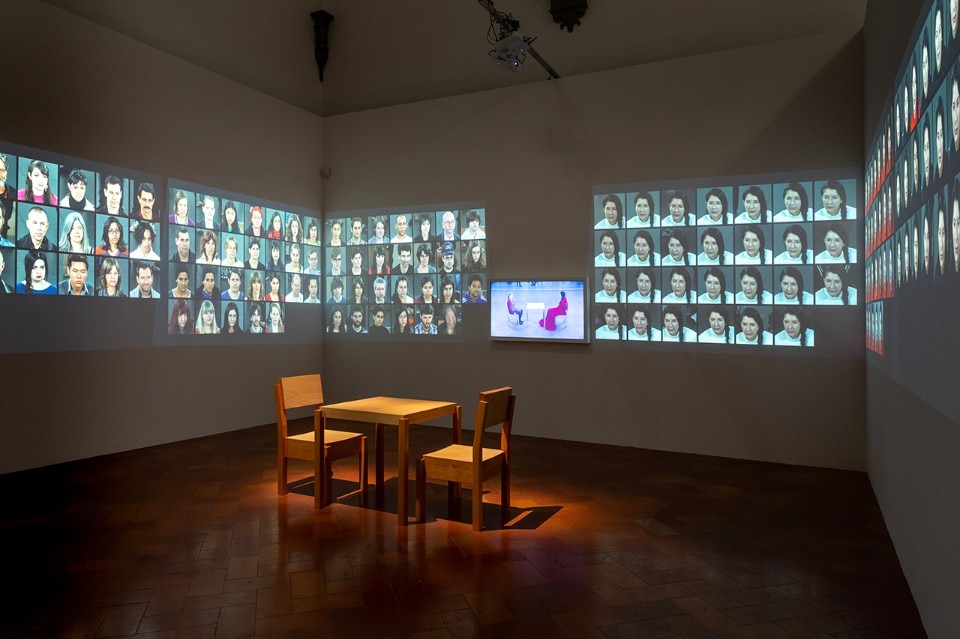
Marina Abramović, The Cleaner
Exhibition view, Palazzo Strozzi, Florence, 2018
Foto Alessandro Moggi
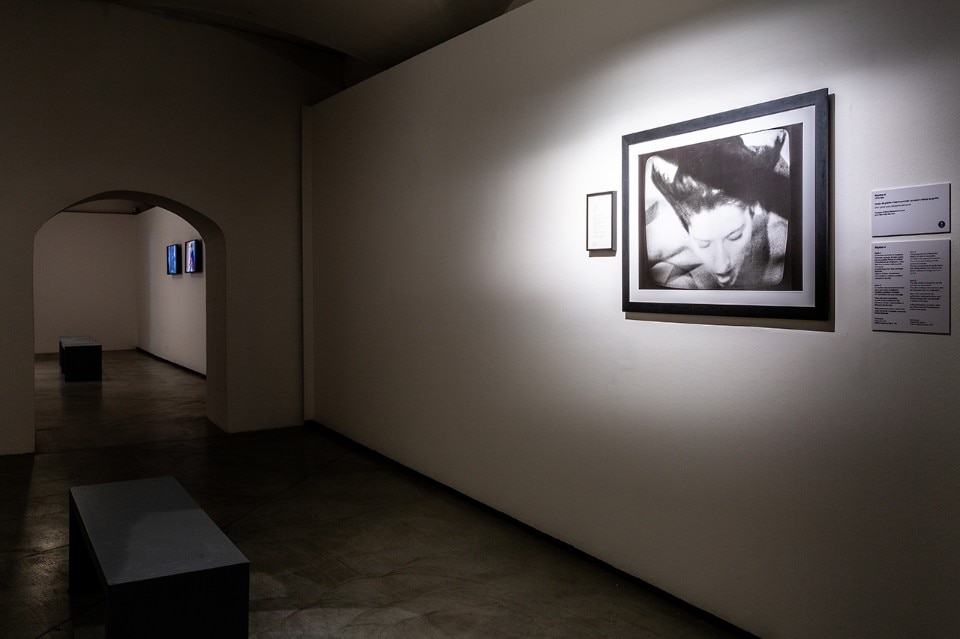
Marina Abramović, The Cleaner
Exhibition view, Palazzo Strozzi, Florence, 2018
Foto Alessandro Moggi
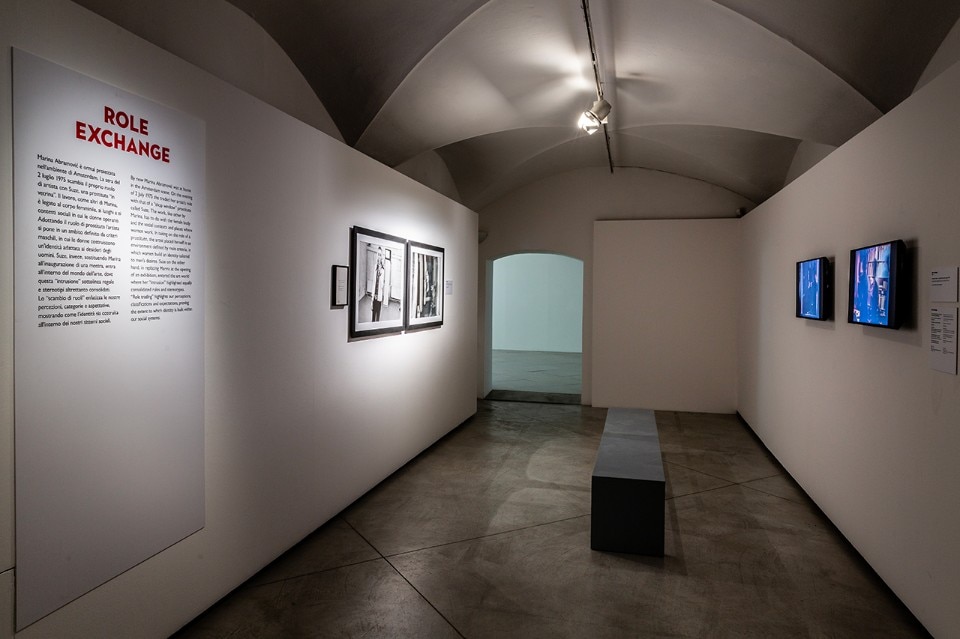
Marina Abramović, The Cleaner
Exhibition view, Palazzo Strozzi, Florence, 2018
Foto Alessandro Moggi
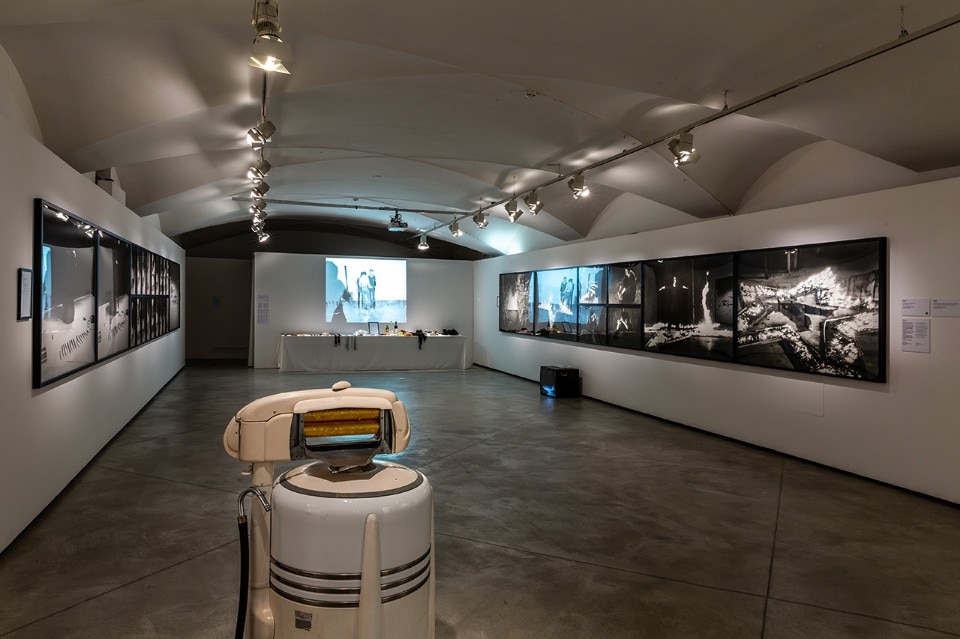
Marina Abramović, The Cleaner
Exhibition view, Palazzo Strozzi, Florence, 2018
Foto Alessandro Moggi
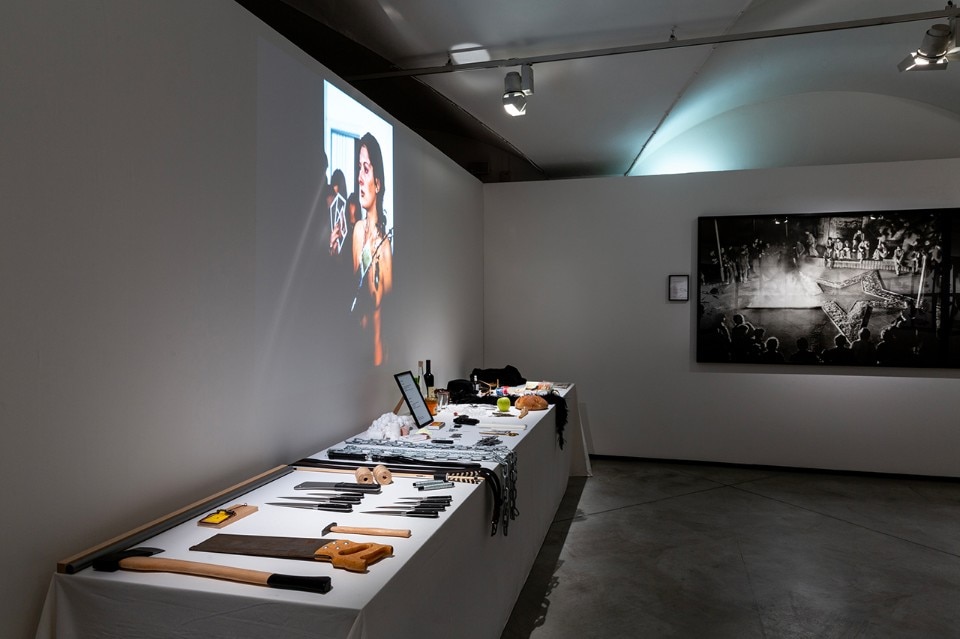
Marina Abramović, The Cleaner
Exhibition view, Palazzo Strozzi, Florence, 2018
Foto Alessandro Moggi
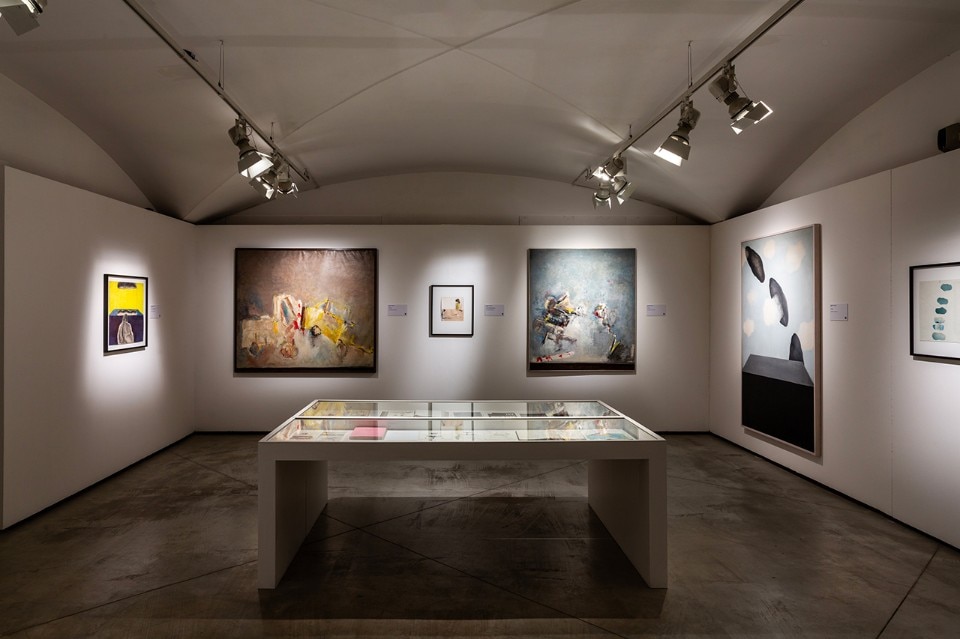
Marina Abramović, The Cleaner
Exhibition view, Palazzo Strozzi, Florence, 2018
Foto Alessandro Moggi
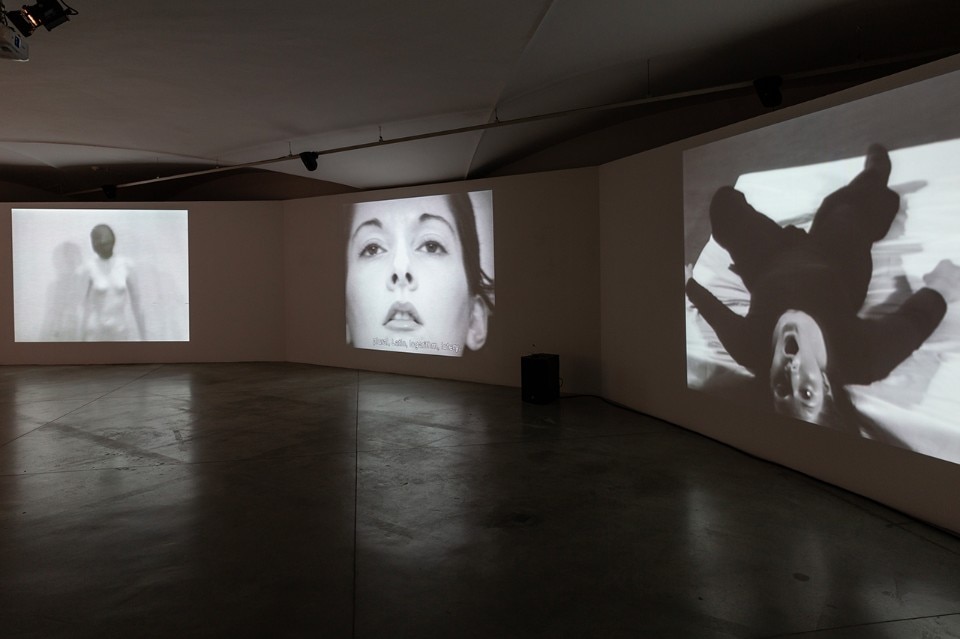
Marina Abramović, The Cleaner
Exhibition view, Palazzo Strozzi, Florence, 2018
Foto Alessandro Moggi
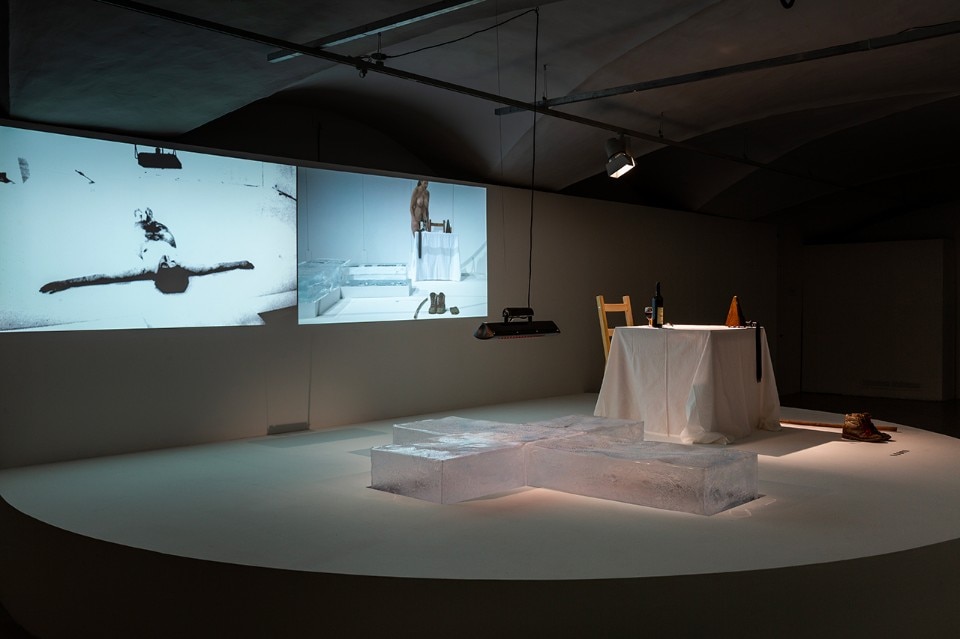
Marina Abramović, The Cleaner
Exhibition view, Palazzo Strozzi, Florence, 2018
Foto Alessandro Moggi
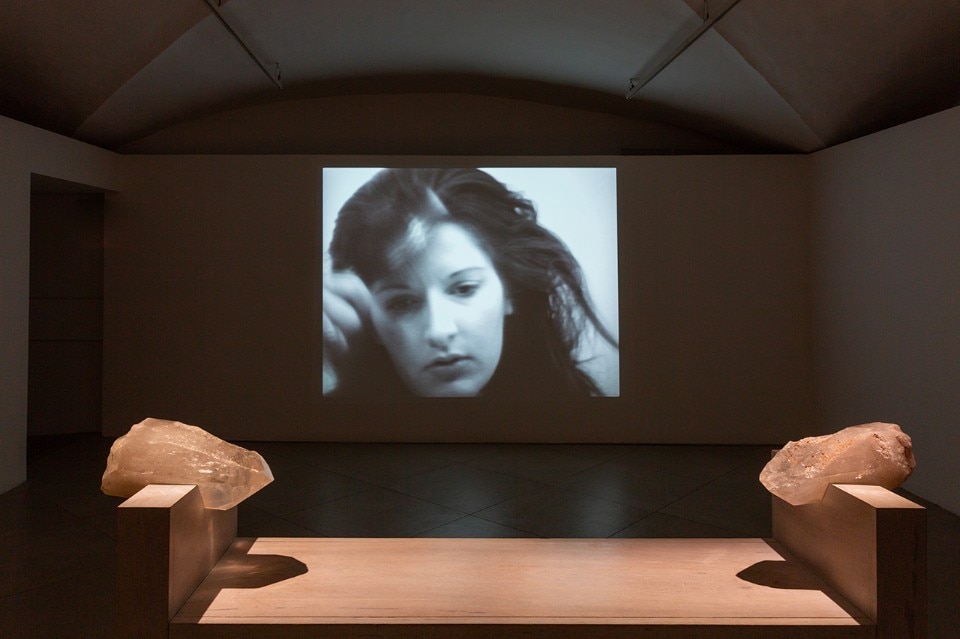
Marina Abramović, The Cleaner
Exhibition view, Palazzo Strozzi, Florence, 2018
Foto Alessandro Moggi

Marina Abramović, The Cleaner
Exhibition view, Palazzo Strozzi, Florence, 2018
Foto Alessandro Moggi

Marina Abramović, The Cleaner
Exhibition view, Palazzo Strozzi, Florence, 2018
Foto Alessandro Moggi

Marina Abramović, The Cleaner
Exhibition view, Palazzo Strozzi, Florence, 2018
Foto Alessandro Moggi

Marina Abramović, The Cleaner
Exhibition view, Palazzo Strozzi, Florence, 2018
Foto Alessandro Moggi

Marina Abramović, The Cleaner
Exhibition view, Palazzo Strozzi, Florence, 2018
Foto Alessandro Moggi

Marina Abramović, The Cleaner
Exhibition view, Palazzo Strozzi, Florence, 2018
Foto Alessandro Moggi

Marina Abramović, The Cleaner
Exhibition view, Palazzo Strozzi, Florence, 2018
Foto Alessandro Moggi

Marina Abramović, The Cleaner
Exhibition view, Palazzo Strozzi, Florence, 2018
Foto Alessandro Moggi

Marina Abramović, The Cleaner
Exhibition view, Palazzo Strozzi, Florence, 2018
Foto Alessandro Moggi

Marina Abramović, The Cleaner
Exhibition view, Palazzo Strozzi, Florence, 2018
Foto Alessandro Moggi

Marina Abramović, The Cleaner
Exhibition view, Palazzo Strozzi, Florence, 2018
Foto Alessandro Moggi

Marina Abramović, The Cleaner
Exhibition view, Palazzo Strozzi, Florence, 2018
Foto Alessandro Moggi

Marina Abramović, The Cleaner
Exhibition view, Palazzo Strozzi, Florence, 2018
Foto Alessandro Moggi

Marina Abramović, The Cleaner
Exhibition view, Palazzo Strozzi, Florence, 2018
Foto Alessandro Moggi

Marina Abramović, The Cleaner
Exhibition view, Palazzo Strozzi, Florence, 2018
Foto Alessandro Moggi

Marina Abramović, The Cleaner
Exhibition view, Palazzo Strozzi, Florence, 2018
Foto Alessandro Moggi

Marina Abramović, The Cleaner
Exhibition view, Palazzo Strozzi, Florence, 2018
Foto Alessandro Moggi

Marina Abramović, The Cleaner
Exhibition view, Palazzo Strozzi, Florence, 2018
Foto Alessandro Moggi

Marina Abramović, The Cleaner
Exhibition view, Palazzo Strozzi, Florence, 2018
Foto Alessandro Moggi

Marina Abramović, The Cleaner
Exhibition view, Palazzo Strozzi, Florence, 2018
Foto Alessandro Moggi

Marina Abramović, The Cleaner
Exhibition view, Palazzo Strozzi, Florence, 2018
Foto Alessandro Moggi

Marina Abramović, The Cleaner
Exhibition view, Palazzo Strozzi, Florence, 2018
Foto Alessandro Moggi

Marina Abramović, The Cleaner
Exhibition view, Palazzo Strozzi, Florence, 2018
Foto Alessandro Moggi

Marina Abramović, The Cleaner
Exhibition view, Palazzo Strozzi, Florence, 2018
Foto Alessandro Moggi

Marina Abramović, The Cleaner
Exhibition view, Palazzo Strozzi, Florence, 2018
Foto Alessandro Moggi
The exhibition offers ample space to the relationship between Marina and Ulay. As widely known, the couple began living and working together in 1975 as a single large organism, indissoluble and symbiotic. In a number of performances, they stage the complex relationship between man and woman, even portraying its end. With The Lovers (1988), they decided to actually leave each other, arranging to meet at the centre of the Great Wall of China. After each having walked 2,500 kilometres, they finally see each other. They embrace and then continue their separate ways, sustained by the memory of the relationship. It is one of the most poetic pieces of work ever made about separation.
At Palazzo Strozzi, the bond between them offers the opportunity to take part in a live-action reperformance. In 2010, Abramović opened the Marina Abramović Institute, where the Abramović Method is taught: a series of meditative exercises she created to test physical agility and answer philosophical questions around life and death. This creates the physical and mental preparation necessary to act out a performance, and teaches how to preserve and maintain stamina over time.
The entrance to the piano nobile is marked by a remake of Imponderabilia (1977), the famous performance in which Marina and Ulay stood as two naked anthropomorphic door jambs in the entrance to the Galleria Comunale d'Arte Moderna in Bologna. Facing each other from inside the actual door, they became the sensitive and thin membrane through which the public had to pass in order to enter, and being forced to make physical contact with the artists.
Today, the couples are young performers carefully chosen by Abramović to restage the act, which calls for immobility and total rigour. Forty years later, the dilemma of choosing whether to turn to one's own sex or the opposite one during the sideways crossing of the threshold remains unchanged, underlining the profound relevance of this artistic concept.
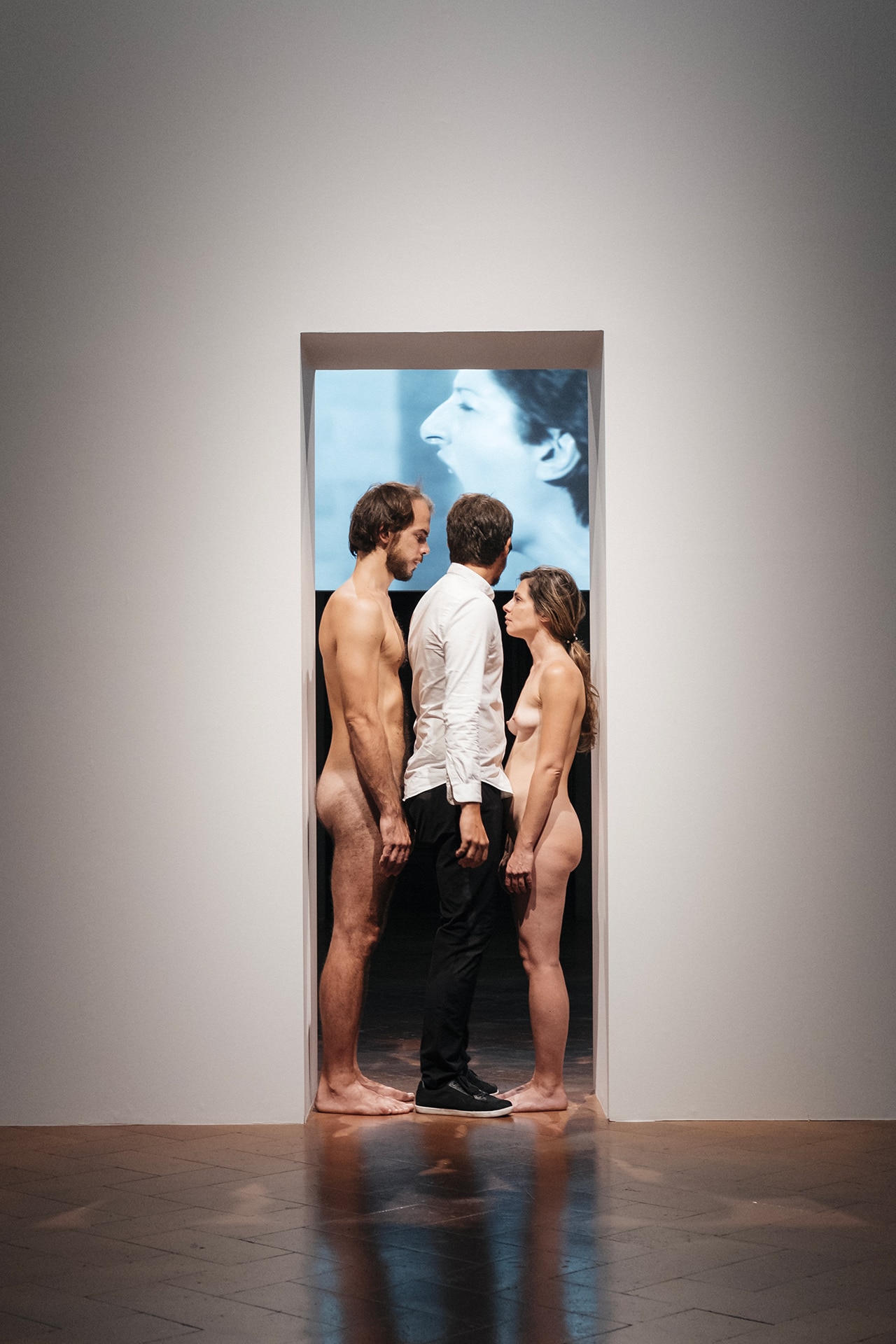
 View gallery
View gallery
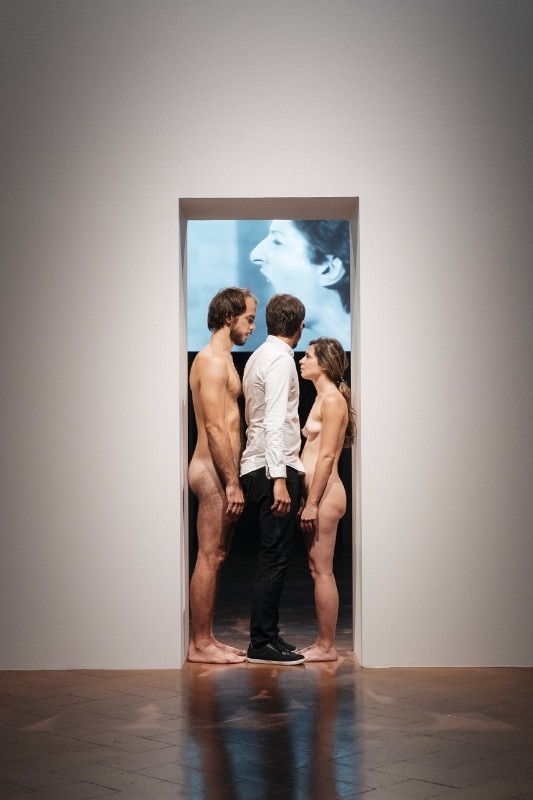
Marina Abramović, The Cleaner
Performances at Palazzo Strozzi, Florence, 2018
Photo Martino Margheri
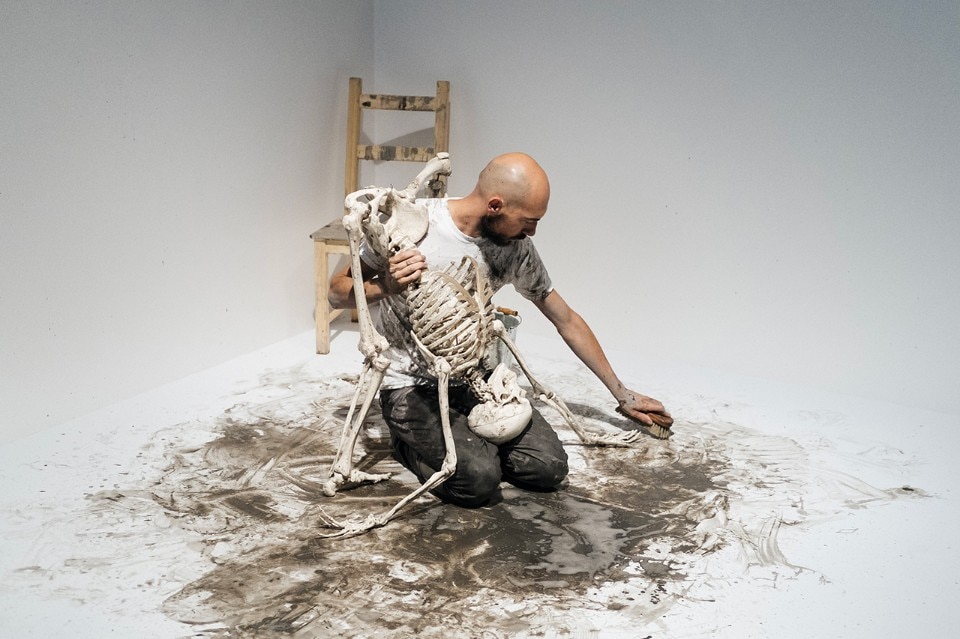
Marina Abramović, The Cleaner
Performances at Palazzo Strozzi, Florence, 2018
Photo Martino Margheri
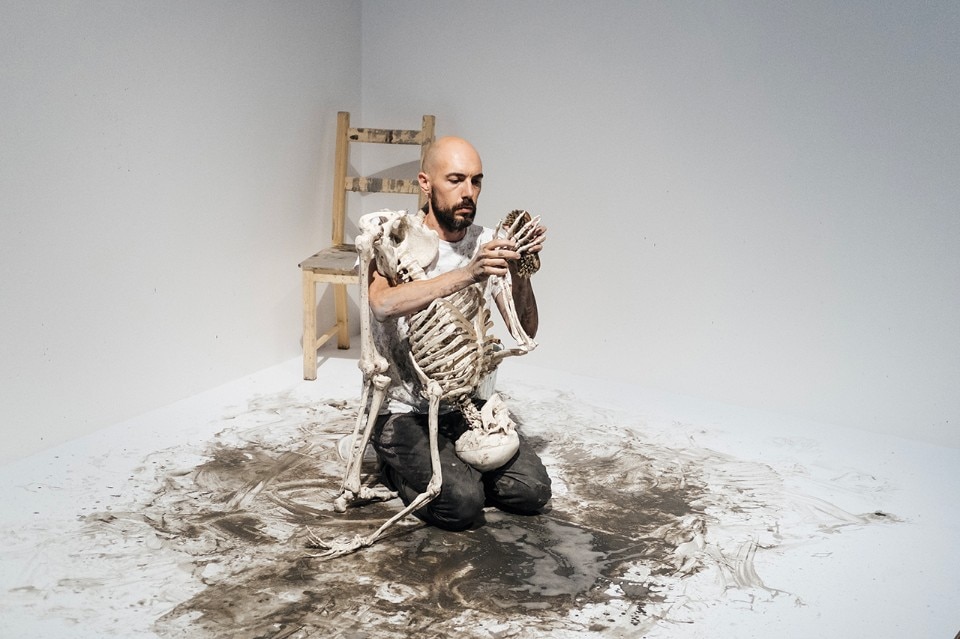
Marina Abramović, The Cleaner
Performances at Palazzo Strozzi, Florence, 2018
Photo Martino Margheri
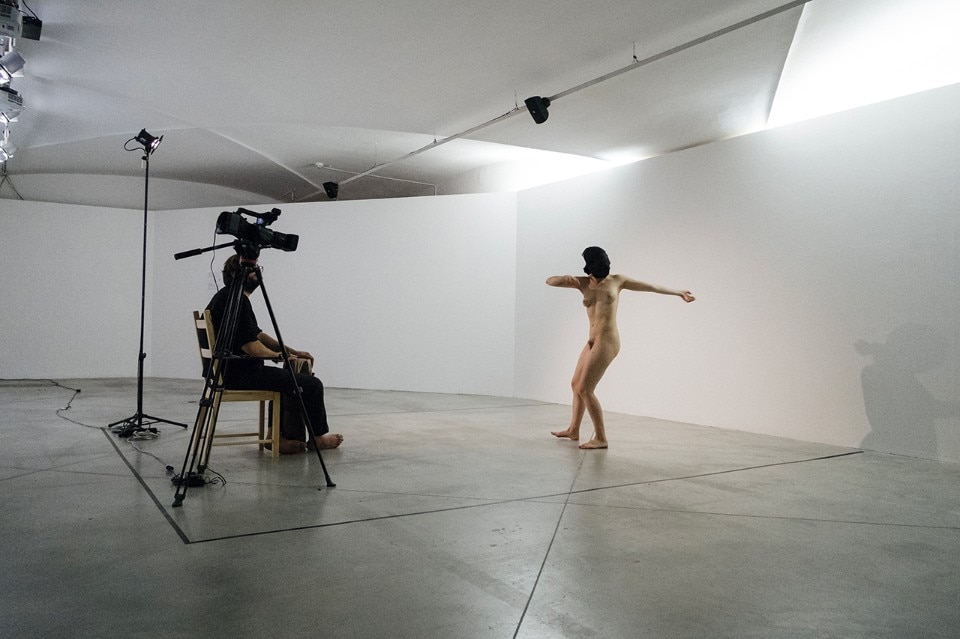
Marina Abramović, The Cleaner
Performances at Palazzo Strozzi, Florence, 2018
Photo Martino Margheri
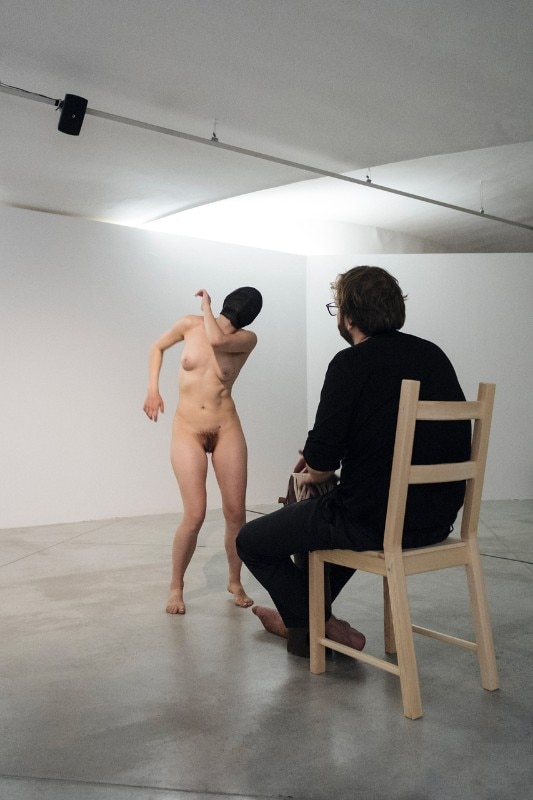
Marina Abramović, The Cleaner
Performances at Palazzo Strozzi, Florence, 2018
Photo Martino Margheri
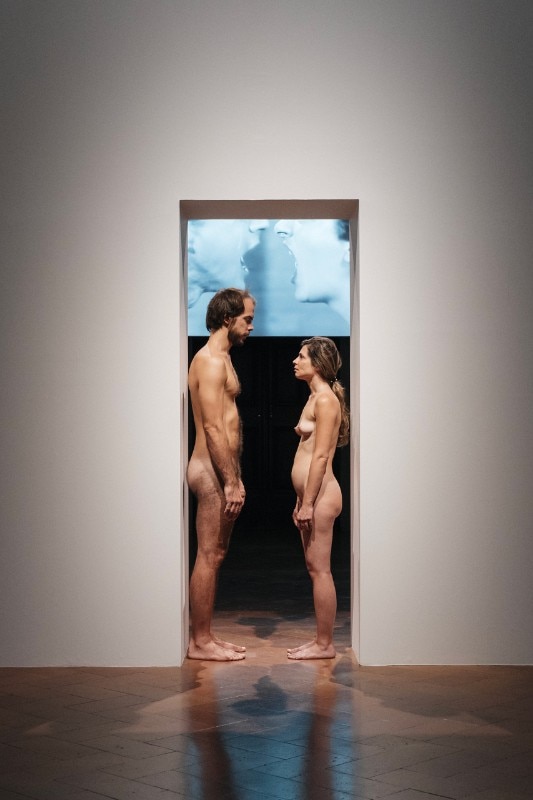
Marina Abramović, The Cleaner
Performances at Palazzo Strozzi, Florence, 2018
Photo Martino Margheri

Marina Abramović, The Cleaner
Performances at Palazzo Strozzi, Florence, 2018
Photo Martino Margheri

Marina Abramović, The Cleaner
Performances at Palazzo Strozzi, Florence, 2018
Photo Martino Margheri

Marina Abramović, The Cleaner
Performances at Palazzo Strozzi, Florence, 2018
Photo Martino Margheri

Marina Abramović, The Cleaner
Performances at Palazzo Strozzi, Florence, 2018
Photo Martino Margheri

Marina Abramović, The Cleaner
Performances at Palazzo Strozzi, Florence, 2018
Photo Martino Margheri

Marina Abramović, The Cleaner
Performances at Palazzo Strozzi, Florence, 2018
Photo Martino Margheri
"The Cleaner" includes her most extreme work (many instalments of which were staged for the first time in Italy) where Marina offers her body as a living material for exploration. They are performances in which she fathoms her own discipline, endurance of pain, overcoming of psychic and physical limits, and self-harm. In Rhythm 0, presented in Naples in 1974, Abramović gives herself to the public for six hours in an act of total trust. She asks them to interact freely with her, and gives them random objects for doing so, including a gun and one bullet. At the end she finds herself naked with the loaded weapon pointed by her own hand to her throat.
The performance generated such tension that some of the spectators actually protected her from the most violent actions. Saved by her audience, Abramović confirmed a fundamental principle: the performance is not made by the artist, but by the relationship with the public. It is therefore not the result that interests her, but the process, the complex communication that takes place between parties each time anew.
In Art must be Beautiful, Artist must be Beautiful (1975), the young Abramović brushes her hair manically, scratching her cheeks with the bristles and repeating the words endlessly, "art must be beautiful, artist must be beautiful". This violent masochistic act establishes another key point in her poetics: heartfelt rebellion against the idea of art needing to be aesthetic. Art should be neither beautiful nor ugly – it must have content, and be as unsettling as possible to activate critical processes in the public.
Perhaps no work shows this idea better than Balkan Baroque, which in 1997 earned the Golden Lion at the Venice Biennale. The artist sat on a stool for six hours per day for six days in a basement of the Arsenale, on a mountain of bloody and putrid cow bones, which she attempted to scrub clean in the oppressive nauseating stench. The performance was a commentary on the enduring stains of war on her own country's history, as well as on a global scale. It is a metaphor for how blood remains indelible; it cannot be erased or removed. Here again, in a simple but very powerful gesture, the Serbian artist emanates all the violence, pain and sense of evil generated by war.
When asked which the most difficult job in her career was, Abramović answers without hesitation, The Artist Is Present, a piece performed at the Museum of Modern Art in New York in 2010. Seated silently at a wooden table across from an empty chair, she waited as people took turns sitting in the chair and locking eyes with her. Over the course of nearly 3 months, for 8 hours a day, she met the gaze of 1,000 strangers, many of whom were moved to tears.
The work expresses her need for complete openness and vulnerability towards the public. It was inspired by her belief that stretching the length of a performance beyond expectations serves to alter our perception of time and foster a deeper engagement in the experience.
Her next performance art stunt is planned for 2020 at the Royal Academy in London. Who knows in which direction the extraordinary potential of this inexhaustible artist will evolve?
- Exhibition title:
- Marina Abramović. The Cleaner
- Curators:
- Arturo Galansino, Fondazione Palazzo Strozzi, Lena Essling, Moderna Museet, con Tine Colstrup, Louisiana Museum of Modern Art, e Susanne Kleine, Bundeskunsthalle Bonn
- Opening dates:
- until 20 January 2019
- Location:
- Palazzo Strozzi
- Address:
- Piazza degli Strozzi, Florence


